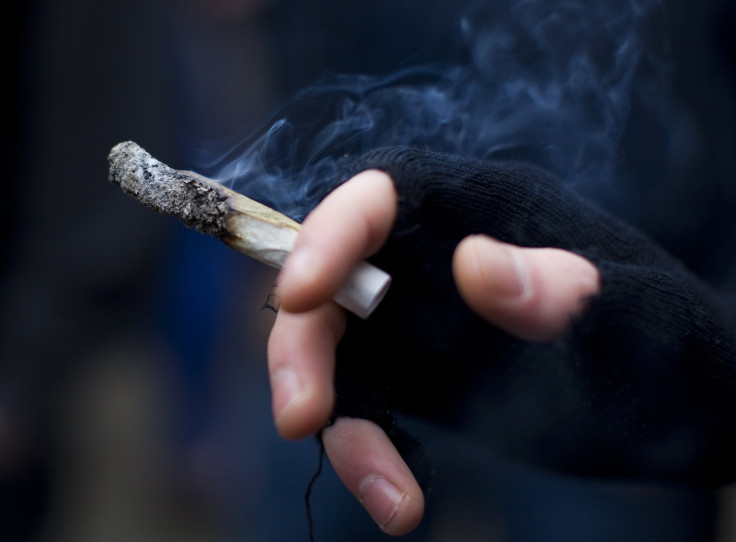Effects Of Secondhand Pot Smoke: Exposure May Be Just As Harmful To Blood Vessels As Tobacco

A new study published Wednesday in the Journal of the American Heart Association suggests that secondhand smoke is dangerous to our cardiovascular system, regardless of whether it comes from marijuana or tobacco.
Laboratory rats who were exposed to secondhand smoke from a marijuana cigarette had a similar problem with their blood vessels’ ability to widen as rats who were exposed to tobacco secondhand smoke. Rats exposed to marijuana smoke for one minute took 90 minutes to recover fully, about three times as long as it took for those exposed to tobacco.
“While the effect is temporary for both cigarette and marijuana smoke, these temporary problems can turn into long-term problems if exposures occur often enough and may increase the chances of developing hardened and clogged arteries,” said senior author Dr. Matthew Springer, professor of medicine at the University of California, San Francisco’s Division of Cardiology, in a statement.
Springer and his colleagues were motivated to conduct their study after feeling that there was little public attention being paid to the possibility that marijuana smoke can be harmful.
“There is widespread belief that, unlike tobacco smoke, marijuana smoke is benign,” Springer said. “We in public health have been telling the public to avoid secondhand tobacco smoke for years, but we don't tell them to avoid secondhand marijuana smoke, because until now we haven’t had evidence that it can be harmful.”
The truth is, we’re still not even really sure how harmful directly smoking marijuana is to our hearts. A 2014 study found that serious heart problems rarely occur immediately following cannabis use. Another found that a marijuana smoker’s risk of heart attack within a hour was five times greater compared to nonsmokers — a very small risk comparable to an especially strenuous bout of sex or exercise. Yet another study found an increased risk of death among patients who already suffered an earlier heart attack and who regularly smoked pot.
But longer-term studies are lacking, much less those looking only at secondhand smoke. And there’s some evidence to suggest that there might be a sort of "marijuana paradox,” where the inhaling of marijuana can temporarily increase the risk of some cardiovascular problems, but the active cannabinoids contained in it can also slow down the progression of atherosclerosis (the hardening and narrowing of arteries).
That theory lines up well with some of the findings of the current study. When the researchers removed tetrahydrocannabinol (THC) from the marijuana cigarettes they exposed their rats to, the blood vessel disruption could still be seen; the same thing happened when they removed the paper the cigarette was rolled in. The later experiments indicate that the burning smoke itself, rather than the active components of marijuana, may be to blame for the rats’ narrower blood vessels.
Still, while animal studies are an important tool for discovery, we can only glean so much from them. Springer and his colleagues acknowledged that their study is far from the final word on the subject, but they hope their results can motivate other scientists to look more closely at marijuana.
“Increasing legalization of marijuana makes it more important than ever to understand the consequences of exposure to secondhand marijuana smoke,” they concluded. “It is important that the public, medical personnel, and policymakers understand that exposure to secondhand marijuana smoke is not necessarily harmless.”
Source: Wang X, Derakhshandeh R, Liu J, et al. One Minute of Marijuana Secondhand Smoke Exposure Substantially Impairs Vascular Endothelial Function. Journal of the American Heart Association. 2016.
Published by Medicaldaily.com



























